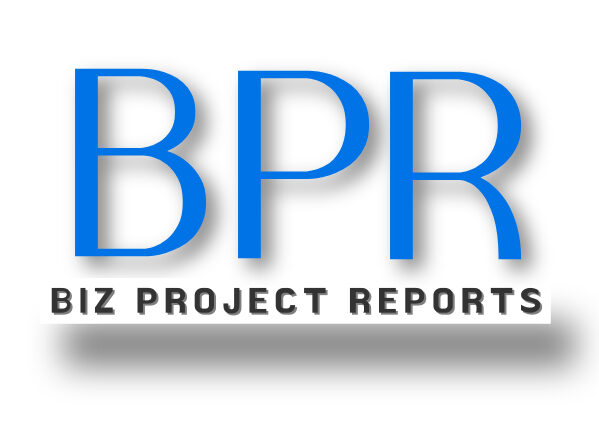1. Market Overview:
PVC (Polyvinyl Chloride) pipes are a fundamental component of the global plumbing, irrigation, and construction industries. They are valued for their durability, versatility, cost-effectiveness, and resistance to corrosion and chemicals. The global market for PVC pipes has experienced consistent growth, driven by factors such as urbanization, infrastructure development, water supply projects, and the demand for eco-friendly materials.
2. Market Segmentation:
The PVC pipes market can be segmented based on various factors:
2.1 Pipe Types:
Pressure Pipes: Designed for the transportation of pressurized fluids, including water, gas, and chemicals.
Non-Pressure Pipes: Used for drainage, sewage, and irrigation systems, often with perforations for water management.
Electrical Conduit Pipes: Designed for electrical wiring and cable protection in construction.
2.2 Diameter:
Small Diameter Pipes: Typically used for residential plumbing and irrigation.
Medium Diameter Pipes: Suitable for commercial and industrial applications, including water distribution.
Large Diameter Pipes: Used in infrastructure projects, such as sewage systems and stormwater management.
2.3 Application:
Agriculture: PVC pipes are used for irrigation, water supply, and drainage in agriculture.
Construction: Employed in building plumbing, sewage systems, and electrical wiring.
Infrastructure: Utilized in water supply networks, stormwater management, and wastewater treatment plants.
3. Regional Analysis:
Different regions have unique demands and applications for PVC pipes. For example, regions with rapid urbanization may see a higher demand for plumbing and construction applications.
4. Market Drivers:
4.1 Urbanization:
The growth of urban areas fuels the demand for water supply, sewage systems, and construction projects.
4.2 Infrastructure Development:
Government investments in infrastructure projects, such as water supply and sanitation, drive the PVC pipes market.
4.3 Cost-Effectiveness:
PVC pipes are often preferred for their affordability compared to alternatives like metal pipes.
5. Market Challenges:
5.1 Environmental Concerns:
The use of PVC has raised environmental questions due to its production process and potential for chemical emissions.
5.2 Competition:
PVC pipes face competition from alternative materials like HDPE (High-Density Polyethylene) pipes in certain applications.
6. Opportunities:
6.1 Sustainability:
Investing in eco-friendly and recyclable PVC materials and production processes can appeal to environmentally conscious consumers.
6.2 Innovation:
Developing improved pipe designs, including more efficient water management systems and corrosion-resistant coatings.
7. Future Outlook:
The future of the PVC pipes industry is promising, with sustained demand from construction, infrastructure, and agriculture projects worldwide. Innovations in sustainability practices, design efficiency, and water management solutions are expected to drive the industry’s growth in the coming years.
Conclusion:
PVC pipes continue to be a crucial component in plumbing, construction, and infrastructure projects globally, offering durability, versatility, and cost-effectiveness. While facing challenges related to environmental concerns and competition, the industry continues to thrive. By investing in sustainability, innovation, and efficient design practices, the PVC pipes industry is well-poised to meet the evolving demands of builders, engineers, agriculturalists, and infrastructure developers worldwide, ensuring reliable and efficient piping solutions for the future.
